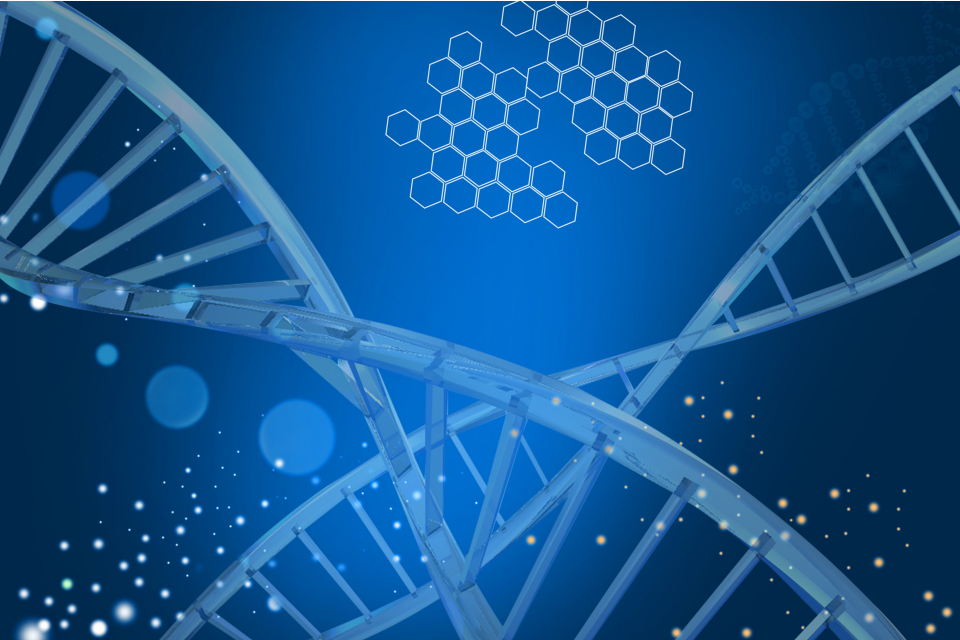Genetic testing is an essential part of diagnosing and treating patients with cancers such as lung, breast, and colorectal cancer. It helps doctors better understand the tumor's cause and progression, enabling personalized treatment plans. There are two main types of samples used for genetic testing: tissue samples and blood samples. What are the differences between the two, and how should one choose?
How to Choose a Sample for Genetic Testing?
Genetic testing targets the DNA within tumor cells, and DNA can be extracted from both tissue and liquid samples.
Currently, there are three types of samples that can be submitted for genetic testing: tissue, blood, and serous effusions (such as pleural fluid, ascites, or cerebrospinal fluid). How do we decide which one to use?
Whenever possible, tumor tissue is recommended as the first choice because its tumor cell content is much higher compared to blood or other fluid samples, leading to more accurate and reliable results.
Tissue genetic testing is considered the "gold standard" for tumor genetic testing but is not suitable for all patients. For example:
- Patients for whom a biopsy is difficult or risky
- Patients who are unwilling or unable to undergo a biopsy
- Patients whose biopsy sample is sufficient only for pathological diagnosis but not for subsequent genetic testing
- Patients who are not in suitable physical condition for a biopsy
Therefore, if a patient does not have a tumor tissue sample or if the tissue sample is over a year old and cannot be re-biopsied, it is recommended to collect blood, pleural fluid, ascites, cerebrospinal fluid, etc., for testing, with blood samples being the most frequently used. However, many patients and their families worry, "Is blood genetic testing accurate?"


Is Blood Genetic Testing Accurate?
Blood genetic testing involves sequencing ctDNA (circulating tumor DNA) from the blood, which is a type of liquid biopsy. What is ctDNA? ctDNA refers to DNA fragments that are either actively secreted by tumor cells or released into the circulatory system during tumor cell apoptosis and necrosis. Because blood is fluid, the distribution of ctDNA within it is not uniform, leading to potential inaccuracies in ctDNA testing.
Additionally, normal cells in the body also release DNA into the blood, collectively known as cfDNA (circulating free DNA). Since the number of non-tumor cells far exceeds the number of tumor cells, the proportion of ctDNA in the overall cfDNA is very low, making accurate detection more challenging.
Blood genetic testing is less accurate than tissue genetic testing and may result in "false negatives." However, a lower detection rate does not equate to erroneous testing. The 2022 NCCN guidelines state that ctDNA testing can be used as an alternative for patients who have difficulty obtaining tissue samples or insufficient sample volume after pathological diagnosis. Compared to tissue genetic testing, blood ctDNA testing has several advantages:
- Simplicity in sampling
- Non-invasive or minimally invasive, causing less discomfort to patients
- Can be repeated multiple times
- Short collection, processing, and reporting time
- Can overcome tumor spatial heterogeneity to relatively comprehensively and real-time reflect the tumor's molecular characteristics
- Compared to single tissue biopsy, plasma ctDNA can increase the detection rate of driver gene mutations
How to Improve the Accuracy of Blood Genetic Testing?
1. **Draw Blood at the Right Time**
The content of cfDNA in the blood can decrease due to surgical treatment, radiotherapy, chemotherapy, and targeted therapy, and its half-life is very short, about 2 hours. Therefore, timing is crucial when drawing blood.
2. **Combined Testing**
For patients with multiple lesions or widespread metastasis, consider combined testing of tissue and plasma ctDNA to complement each other. Primary tumors and metastatic sites often exhibit heterogeneity; ctDNA testing can reflect the overall tumor condition more comprehensively, guiding precise treatment more effectively.
3. **Prefer NGS Technology**
NGS (Next-Generation Sequencing) technology, compared to other commonly used testing methods, offers better sensitivity and specificity, and can detect a broader range of gene types. It is currently the most widely used technology for blood genetic testing.
